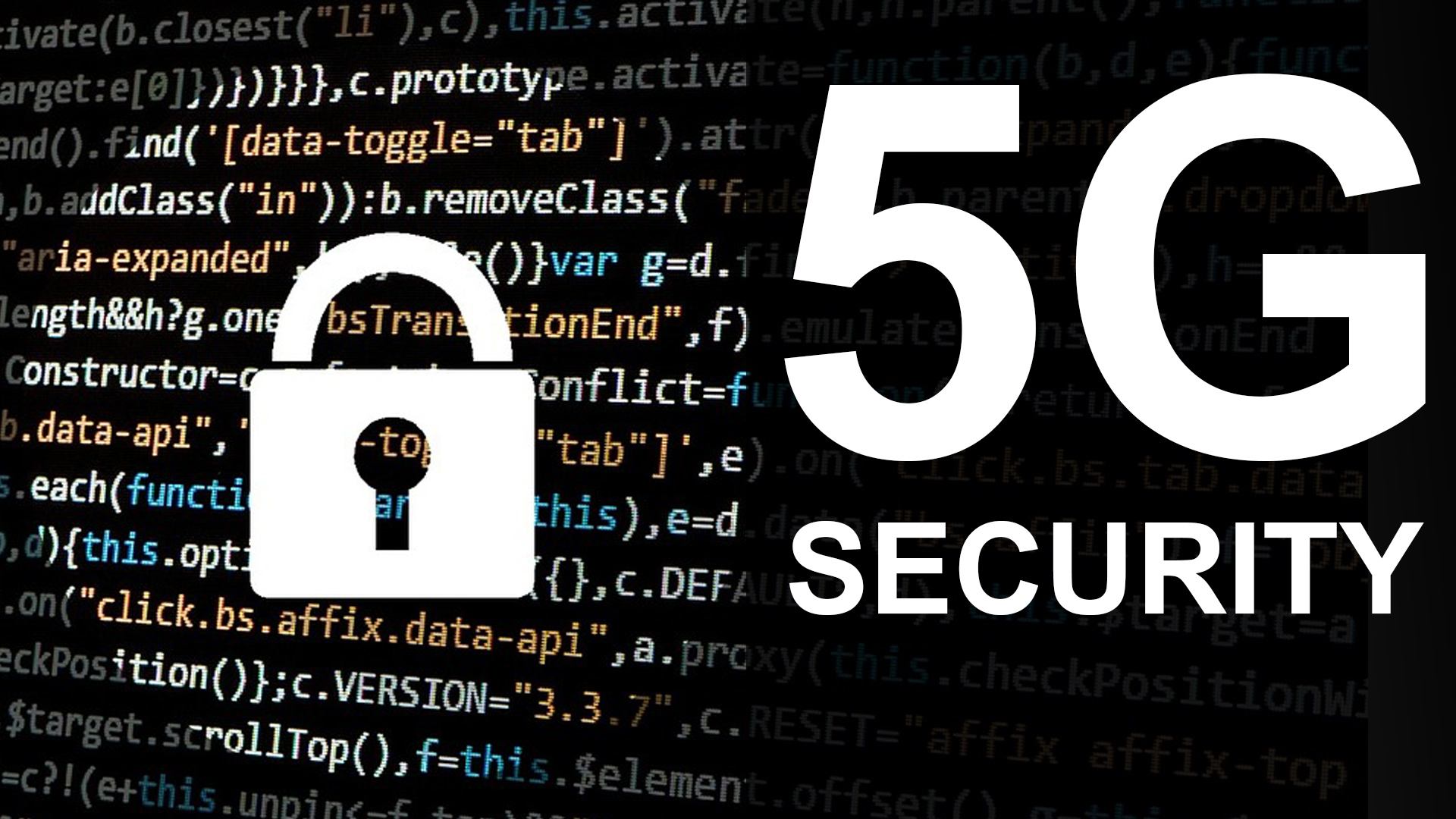
5G Network Security: Challenges and Strategies
As 5G networks continue to roll out globally, they promise unprecedented speed, connectivity, and capacity, revolutionizing industries and enabling innovative applications. However, with these advancements come new challenges in ensuring robust security measures to protect against evolving cyber threats. This article explores the unique security challenges posed by 5G networks, key strategies for enhancing 5G security, and the importance of collaboration among stakeholders in safeguarding next-generation telecommunications infrastructure.
Challenges in 5G Network Security
- Increased Attack Surface: 5G networks introduce a significantly larger attack surface due to the proliferation of connected devices, IoT endpoints, and virtualized network functions, increasing vulnerabilities and potential entry points for cyber threats.
- Complexity of Network Architecture: The virtualized, software-defined nature of 5G networks introduces complexity in network architecture, including multi-access edge computing (MEC), network slicing, and cloud-native deployments, posing challenges for security monitoring and management.
- IoT and Device Security: The massive scale of IoT devices connected to 5G networks raises concerns about device security, authentication, and vulnerability management, especially in critical sectors such as healthcare, transportation, and smart cities.
Strategies for Enhancing 5G Network Security
- Encryption and Authentication: Implement strong encryption protocols (e.g., AES-256) and robust authentication mechanisms (e.g., multi-factor authentication) to secure data transmission and authenticate devices accessing 5G networks.
- Network Slicing Security: Ensure security measures are integrated into each network slice to isolate traffic, enforce access control policies, and protect against cross-slice attacks, maintaining integrity and confidentiality of data.
- Zero Trust Architecture: Adopt a zero trust approach that verifies every device, user, and application attempting to access the network, implementing micro-segmentation and least privilege access principles to minimize attack surface.
- AI-driven Security Analytics: Utilize artificial intelligence (AI) and machine learning (ML) algorithms for real-time threat detection, anomaly detection, and behavioral analysis to identify and mitigate potential security threats across 5G networks.
Importance of Collaboration and Standards
- Industry Collaboration: Foster collaboration among telecom operators, technology providers, regulators, and cybersecurity experts to develop unified security standards, best practices, and guidelines for 5G network deployments and operations.
- Regulatory Compliance: Ensure compliance with regulatory frameworks (e.g., GDPR, NIST Cybersecurity Framework) and industry-specific standards to address privacy concerns, data protection requirements, and security obligations in 5G deployments.
- Vendor Accountability: Hold equipment vendors and service providers accountable for implementing secure-by-design principles, conducting rigorous security testing, and adhering to industry certifications and compliance requirements.
Future Directions in 5G Network Security
- 5G-specific Threat Intelligence: Develop specialized threat intelligence feeds and security solutions tailored to 5G network environments, addressing emerging threats, vulnerabilities, and attack vectors unique to next-generation telecommunications.
- Quantum-safe Cryptography: Research and deploy quantum-safe encryption algorithms and cryptographic protocols to protect against future quantum computing threats that could compromise current encryption methods used in 5G networks.
- Continuous Security Monitoring: Implement continuous security monitoring, incident response procedures, and proactive threat hunting capabilities to detect, respond to, and mitigate security incidents in real-time across 5G network infrastructures.
Conclusion
Securing 5G networks requires a proactive approach that integrates robust security measures, collaboration among stakeholders, adherence to standards, and continuous innovation in cybersecurity technologies. By addressing the unique challenges posed by 5G network security and implementing effective strategies, telecom operators and organizations can harness the full potential of 5G technology while safeguarding against evolving cyber threats and ensuring trust and reliability in next-generation telecommunications infrastructure.